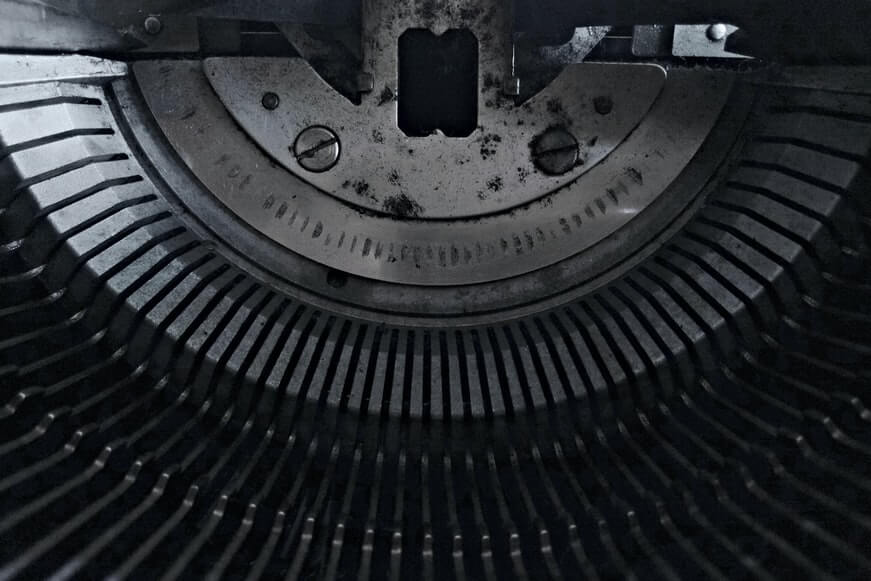Cross-Chain Bridges And Their Benefits
21 February 2023
3 Mins Read

toc impalement
In order to move tokens (often wrapped), NFTs, or even random data from one blockchain to another, a blockchain bridge (also known as a crypto bridge) is used. The bridge establishes a trustworthy means through which the two chains may interact with one another, despite the fact that they may use different protocols, rules, and governance models. Transferring crypto assets is both safe and easy using a cross-chain bridge.
Allbridge Core provides a native stablecoin bridging and swapping experience, easing the adoption of cross-chain transfer of funds between them. It is possible for users to transfer tokens across the supported chains in a decentralized manner, without the need for a centralized bridging solution.
Here Are The Main Benefits Of Cross-Chain Bridges
- Improved Productivity: Cross-chain bridges are built to provide quick, secure connections between several blockchain networks. The bridge connects many blockchains, allowing users to swiftly transfer assets from one chain to another in minutes rather than days or weeks.
- Increased Capacity Cross-chain connections may make a blockchain network more capable of handling increased traffic. These bridges enable rapid and secure migration from one blockchain network to another, speeding up transactions that were too large or slow for the original network. Throughput and performance increase while single-chain congestion decreases.
- Cross-chain bridges increase the safety of exchanging assets across blockchains by requiring the consent of several users. This additional layer of confidence and dependability is provided by the need for several signatories on every given transaction.
- Cost savings Cross-chain bridges provide instantaneous asset transfers across blockchains, saving customers the trouble and expense of paying transfer fees on numerous networks. There are benefits for both enterprises and consumers who may take advantage of these lower prices.
- Because of the interoperability afforded by such solutions, cross-chain bridges may also make it simpler for users on various chains to access one other’s services and platforms. This has the potential to vastly increase available possibilities and provide more individuals, regardless of location or technological means, with entry into an increasingly linked global market economy.
Choosing The Appropriate Cross-Chain Bridge
Cross-chain bridges allow digital assets to be moved from one blockchain to another. It is vital to think about the asset’s technical compatibility with the bridge, any costs connected with the transfer, the time it takes to complete the transaction, and the security precautions implemented by the bridge providers before making your choice.
The two blockchains must be technically compatible, and the bridge must support them both. Before making any transfers, be sure they are compatible.
Cross-chain transfers may incur fees, the amount of which varies from service provider to service provider. Fees must be considered while choosing a bridge to cross.
The time it takes for a transaction to be processed might vary greatly across bridges. When deciding on a bridge provider, it is important to keep in mind how fast you need the transfer to be performed.
Security Precautions: Make sure the bridge you choose has features that make it possible for users to safely store their assets during transfers and that it offers security against bad actors. Before committing to a service, it’s important to learn about the safety features they provide.
All of the available cross-chain bridges may be compared and sorted using the tools above.
Read Also:


















Comments Are Closed For This Article